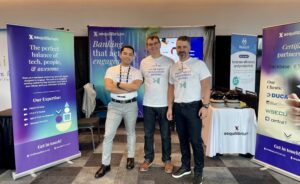Last week we published our first article from our series focused on financial services (FS), and we have also reviewed some modern themes and trends. This article provides an original perspective on our recommendations on the future of banking. The third, and final, article in our FS series will focus on XR benefits for FS, both in the present and in the near future.

Money issues are at the top of people’s concerns, according to a recent poll of the American Psychological Association, where money stress is registered at the highest recorded level since 2015. Amid historic inflation spike and geopolitical strife, money and economic stress are skyrocketing.
Aequilibrium works with progressive financial institutions (FIs) to enhance people’s relationships with money.
These FIs realigned their business and moved from selling financial products and services, towards establishing mutually beneficial, advisory, to establish long-term financial relationships with their customers, focusing on customer centricity and empathy, and delivering tailored and connected experiences (financial spa), as reflected by analytics and insights. We call this integrated, holistic system as banking with a twist, as it brings together heart, beauty, and brain.
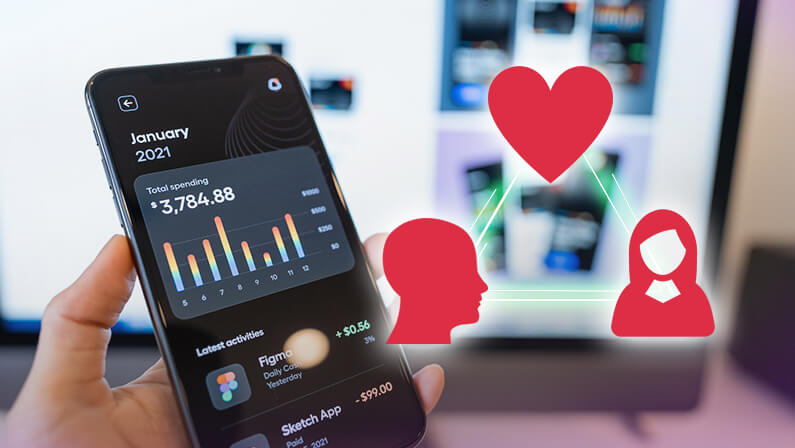
The Heart
Generally speaking, the typical services offered by most FIs are turning into commodities. Like carriers, banks provide the infrastructure or pipes to transfer or deposit funds. Winners are looking for ways to level up their games to become trusted advisors and build long-term, mutually beneficial relationships.

We believe that the winners will be those institutions that will be able to create remarkable experiences for the next generation of banking customers.
The focus will be on financial wellness, going beyond the traditional financial service offerings, by thinking not in terms of banking products and services, but instead having a customer-centric approach with tailored services to reflect salient moments in the customer journey, like graduating, renting an apartment, getting the first job, paying off the student loan, buying the first car, getting married, buying a home, having a baby, starting a new business, or investing and saving for retirement.
Financial Wellness
Financial wellness is about the ability to make financial decisions based on trusted and curated information, to achieve both short and long-term financial goals. It is a mindset change: finding new ways of servicing customer needs (financial, but also emotional), and not just new ways of providing digital banking services, like customer service chatbots or account updates sent to people over smartphones. Here are some examples of how FS leaders are jumping in:
Lifecents is one of the recent and most powerful tools available right now, going above and beyond a nice-looking interface, they have created a platform to understand the background and habits of its users to enable them to learn about financial wellness, gather valuable insights, and to achieve their financial goals.
Financial Finesse is another platform pushing forward to enhance the user experience beyond the typical, to help their clients achieve financial wellness. By allowing them to create a comprehensive profile using a virtual assistant, Financial Finesse creates not only an action plan but also a full set of mini goals for users to follow and achieve their objectives progressively.
The world’s first behavioral bank, South Africa-based Discovery Bank, is anchored in the Vitality platform, which uses financial incentives to help customers curate and sustain healthier lifestyles – integrating physical well-being into financial well-being. Customers are incentivized to make shrewd financial choices to help them advance through the bank’s Vitality status levels – meaning the better they are at maintaining strong financial health, the more they are rewarded. These rewards vary from dynamic interest rates to flight and gym discounts. The bank’s vision also included a long-term plan, of up to 30 years, to help customers maintain continual financial well-being.
Coast Capital provides insights on how to budget, save, invest, and book “Where You’re At Money Chats” with their advisors, while Wealthsimple group retirement savings program for employers across Canada looks beyond retirement to help make financial wellness a more accessible reality through one-on-one financial coaching, free premium tax audit support, and financial health check with a portfolio manager.
Environmental, Social, and Governance (ESG)
The focus is on leading with purpose and driving change, providing wealth while also caring about biodiversity, diversity, inclusion, and sustainability in the broader sense. Investors and activists are favoring banks that have decarbonized their loan portfolios, as well as taking steps to be more sustainable internally.
The climate finance Delivery Plan plays a critical role in supporting developing countries to address climate change, by mobilizing jointly US$100 billion a year by 2020 and through 2025, to address the needs of developing countries in the context of meaningful mitigation actions and transparency on implementation.
The Workforce of the Future
Remote working has been on the rise for some time and will continue even after the pandemic. To attract and retain top talent, employers must show flexibility, including allowing their staff to work remotely (at least part of the time), even in departments that have traditionally been resistant to flexible work arrangements.
A hybrid model of remote and office-based work requires a thoughtful upskilling strategy, focused on adopting digital tools and new ways of working to support productivity, collaboration, and innovation in a virtual world. It’s also important to focus on the role of nurturing a culture of care, trust, and resilience to help employees cope with the health crisis and embrace change.
Upskilling the Workforce
Focus on people, not jobs. While robotic process automation (RPA), and machine learning / artificial intelligence (ML/AI) are estimated to replace as many as 30% of the jobs in FS, it will especially be the boring and repetitive ones that will be transferred from humans to computers. Note that automation is not a new concept to banking: Automated Teller Machines (ATMs) had a similar effect on the labor market: while the number of bank tellers per bank office decreased, the ATMs lowered the costs of opening new offices and the number of offices started increasing.
This, eventually, led to banks hiring even more employees, including bank tellers. The other outcome was that the role of the bank representatives changed from a routine money deposit/withdrawal to more focused on customer relations, as advisors for important and salient interactions. As automation will replace a number of routine jobs, some estimate ML/AI will generate even more jobs for the knowledge economy! FIs will need to help their staff navigate these changes and the anxiety associated with it, paint a realistic purpose-driven vision of the future, and assist their staff in elevating their careers to the next level.
Showing empathy and emphasizing health and well-being, can alleviate the anxieties of employees about the future and help them feel more engaged and confident in their ability to keep doing their jobs during uncertain times. Aequilibrium develops tools to humanize digital interactions and facilitate collaboration and creativity for Agile distributed teams.
The Beauty
A study on What Consumers Really Want From Banks (Daly, 2020) has identified the following as the most important features consumers want from a bank: high-quality customer service, low fees, security and fraud protection, and mobile and online access. Competitive interest rates are also important to over 90% of consumers.

In addition, FIs need to be mindful of why younger generations switch: first is the protection of data, then its prices and fees, and then it’s about the quality of the digital experience, including consistency across channels and meaningful experiences.
Bank from Anywhere, Anytime, on Any Device
Over 97% of millennials now use mobile banking and over half of Gen Z (61%) prefer to bank outside of traditional working hours, either before 8 am or after 6 pm.
The digital experience continues to remain a top priority. One of the top reasons for switching, after fees, and protection of data: consumers don’t hesitate to switch banks if their digital experience isn’t up to scratch.
We know banking does not have to be boring or ugly — check out how sleek Apple’s credit card experience is, and how well it fits in the Apple wallet. Apple also has in sight other services typically provided by FIs or fintech, such as virtual cards, buy-now-pay-later, and contactless payments through Tap to Pay on iPhone.
Invisibility
The best experiences are indeed magical. Banking is necessary, banks are not!
Think Uber: peace of mind, visibility, frictionless payment! Transact in context, on any app, any device. Pay for meals, and split bills with your friends. Micro-transactions, in-game, no downtime, no missing on the action. Moving from one-time pay (say buying an MSFT Office DVD every 5-6 years) to subscriptions.
Embedding banking into your everyday life activities, as opposed to performing financial transactions on the website of your FI.
Along with improving the experience and accessibility of its platforms, the Washington State Employees Credit Union (WSECU), has chosen the world leading digital banking platform, Backbase, to update its interfaces for a simpler and more intuitive member experience. As we all know, financial platforms and money-related interfaces can sometimes feel intimidating, especially for new digital banking users. Therefore, the upgrade of the platform, redesign of the interface, and revamp of the content enabled new and existing users to bank effortlessly.
Security and Interactivity
With increasingly advanced ways for cybercriminals to steal money, cyber-security is also an important matter for financial institutions and clients. To secure a client’s financial assets, it is undesirable to simply leave the effort to the clients. However, passwords, multi-step authentication, and other older authentication methods have complicated the user’s workflow, thereby forgoing normal use. Today, consumers are beginning to expect to use biometrics to simplify the user experience while being secure. One leading-edge example is using biometrics for payment in-store as Mastercard launched the first-of-its-kind technology.
Moving from the convenience of trusted one-click orders and paying off Apple and Amazon, for example, to the tapping of credit cards, bank cards, and phones, to simply paying with a smile or wave while in-store, is the next level of consumer convenience, speed and, importantly, security. Technologies such as Face ID, represented by the iPhone, combined with the latest 3D face recognition, combined with hardware and software detection that can identify the real user 99.9% of the time, are perhaps the safest way to transact. Finding new ways to provide users with a more streamlined, secure service is key to the future of business.
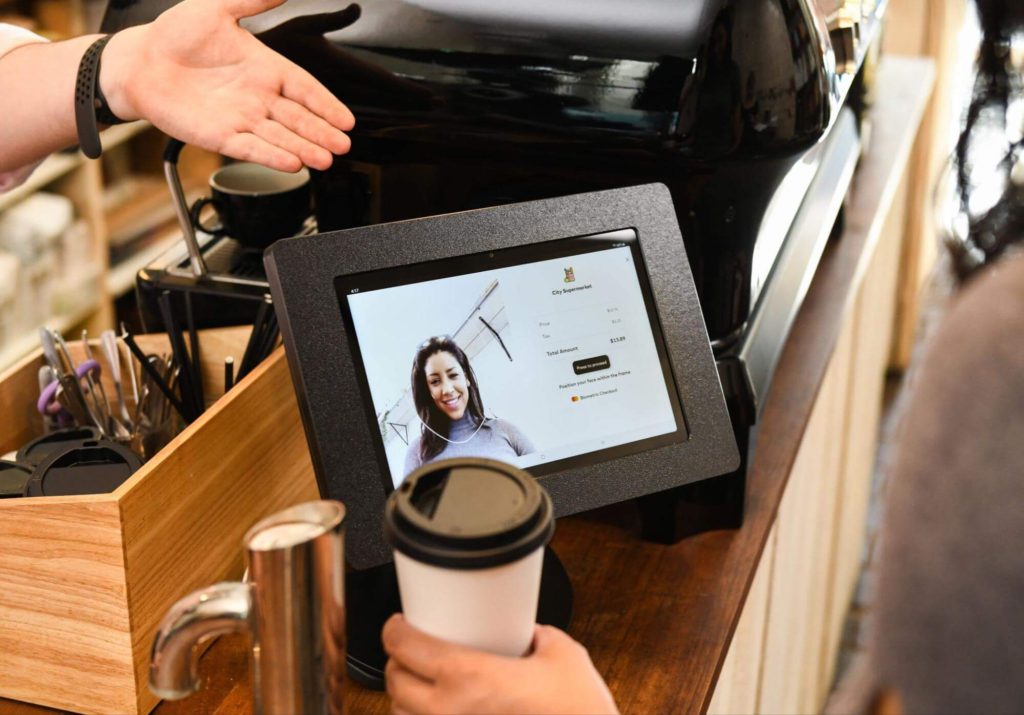
(Image: Biometric Checkout with MasterCard)
Concise and Effective Feedback
Most financial users are not fully certain about the meaning of some industry-specific terms or figures. Often banking products require users to spend some effort learning about the product because of its technical nature.
The tone and design language of traditional banks and the values they present are very formal and serious, and while this is the stereotypical image users have of banking products, as times change and customers diversify, having a refreshing design makes Wealthsimple, for example, stand out among traditional banks.
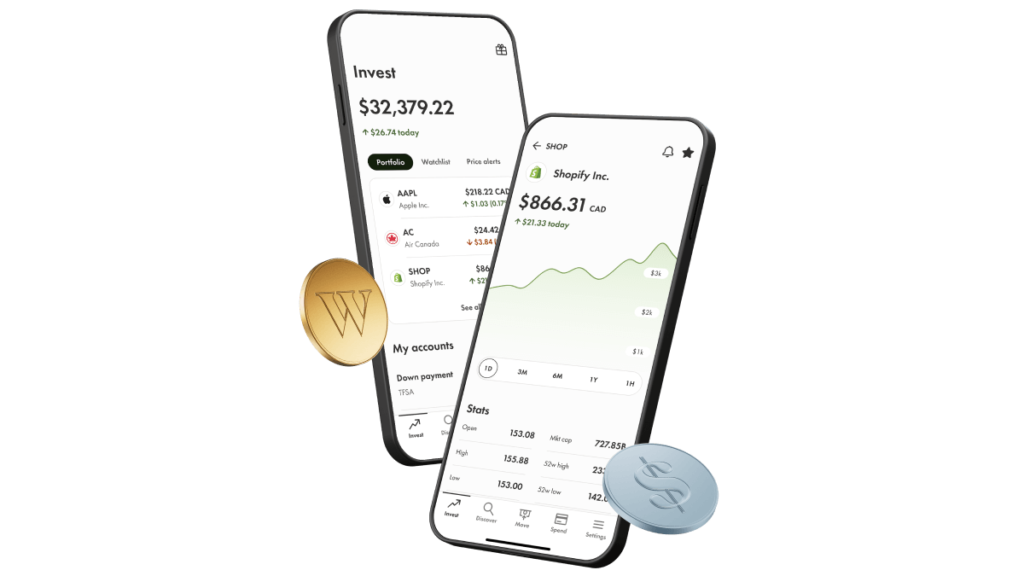
(Image from Wealthsimple: How the app makes it easier to get the full picture of user’s holdings)
The Brains
“Data-driven decision making/organization” is a commonly used expression, and I always struggled with it.
First, because I believe data is just the raw material, and for most of us, it is boring and overwhelming.
Second, we actually need insights, just in time, just in situ.
Third, we should not rely solely on the past to make decisions about the future. We need our vision. We need to realize these jumps in evolution, these radical transformations which make the previous events or insights less relevant or even obsolete.
And fourth, we need to be aware of the implications and transparency regarding data privacy and data ownership, both from the customer perspective (they can opt out) and from the business context perspective.
For example, when Apple changed its approach to privacy on iOS devices, companies like Facebook were affected, leading to tens of billions of dollars in lost revenue in 2022 alone.
Treat Me Like You Know Me
Customers need to see value in sharing information with the bank. FS leaders need to not just personalize, but also anticipate and predict customers’ needs. For example, if my goal is to save $1000 each month, but my spending for the first 2 weeks (and my spending history for the last few years) indicates that I will be short of $300 if I continue at this pace, I don’t just want the monthly report to show that I’m in red (I already failed, and financial accounting and reporting is just a boring commodity).
Instead, I need to be informed proactively about the likely outcome, and a tailored plan provided to me, with various what-if scenarios I can choose from or align to my financial goals.
Trusted Financial Advisor
This trusted digital personal advisor will guide me to achieve my goals (say buy a bicycle, or pay the mortgage), optimize rewards (my digital wallet should contain both my credit cards and loyalty cards), and optimize the choice of the payment card for each transaction based on my financial goals, the card’s rewards system, and the loyalty programs available.
Should I choose to buy things online, it will not just apply coupons automatically, but it can also research the best vendor and the best time to purchase a specific product (especially useful for products whose prices fluctuate greatly), or use recurrent purchases (cheaper; auto-adjust purchase interval based on product consumption, weather, etc.), and
Super-apps (“one ring to rule them all”) with partner integration and the creation of a curated partner ecosystem, network effect, with the increased power of analytics from complementary channels.
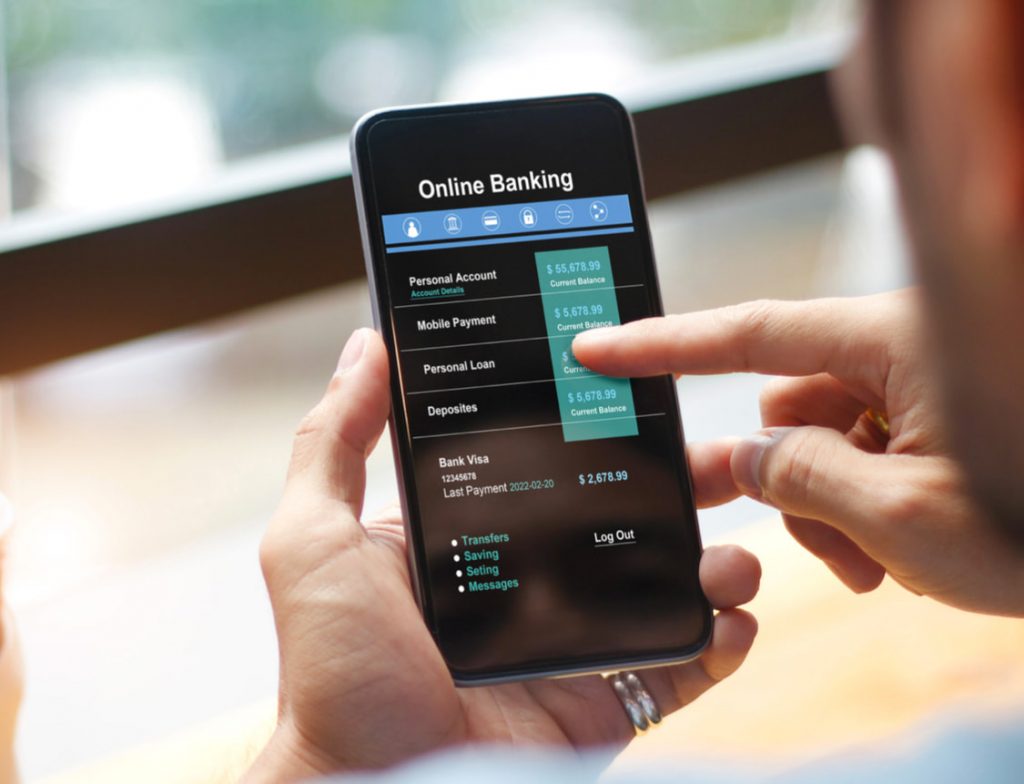
Conclusion
With Russia’s invasion of Ukraine, declining tech and retail stock prices, rising inflation and interest rates, and persistent supply chain issues, 2022 is turning out to be gloomier than anyone’s expectation of a Covid-recovery economy. Despite the undeniable adversity, leaders in FS continue to think big in order to both build resilience and separate themselves from the crowd, by planning for their next expansionary phase.
They started by updating their digital strategy to optimize resource management, accelerate speed to market for product development, increase flexibility and organizational agility, lower costs, and craft better and more connected customer experiences.
This is achieved by delivering banking with a twist: heart, beauty, and brain.
Are you a progressive organization? Are you interested in using technology to craft remarkable experiences for your members and staff? Do you want more resilience, differentiation, and growth? We’d be more than happy to organize a complimentary workshop to discuss your current status, objectives, and goals, and build a customized high-level strategy and tailored-to-fit digital roadmap for you.
Related Services:









